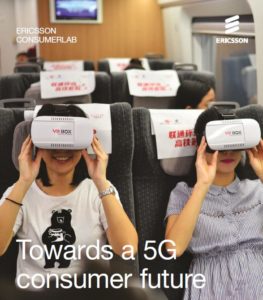 Ericsson ConsumerLab today published a new consumer and industry insight report titled Towards a 5G consumer future.
Ericsson ConsumerLab today published a new consumer and industry insight report titled Towards a 5G consumer future.
The research insights are based on a survey of 14000 Android and iOS smartphone users between 15 and 65 in fourteen countries: Argentina, Brazil, China, Egypt, Finland, France, Germany, Indonesia, Ireland, Japan, Mexico, South Korea, the UK and the US.
To prepare this consumer research, we worked with Ericsson ConsumerLab to analyse and benchmark the mobile data strategies of operators globally. When we had the research results, we jointly reviewed them.
The findings can be summarised in six calls to action – from consumers for operators: Continue reading Six calls to action – directly from consumers









